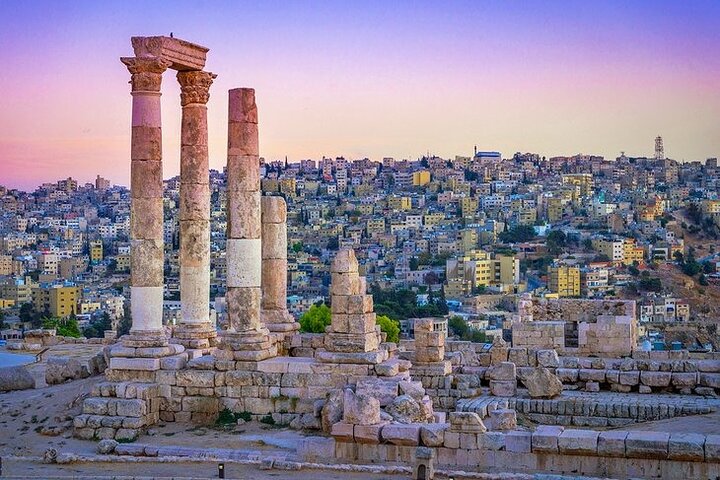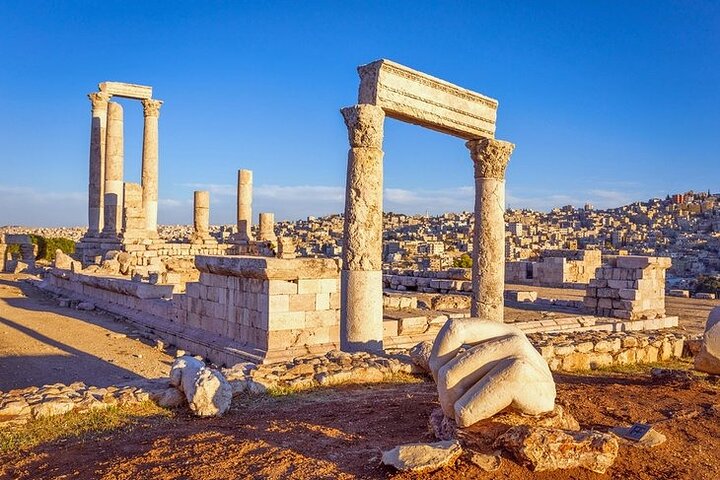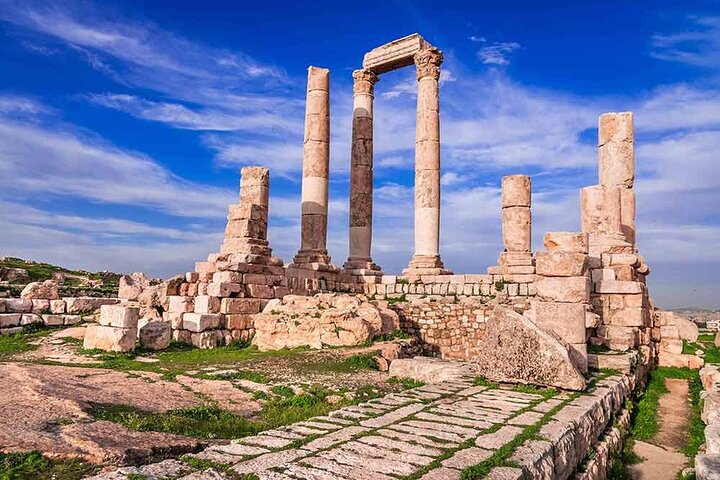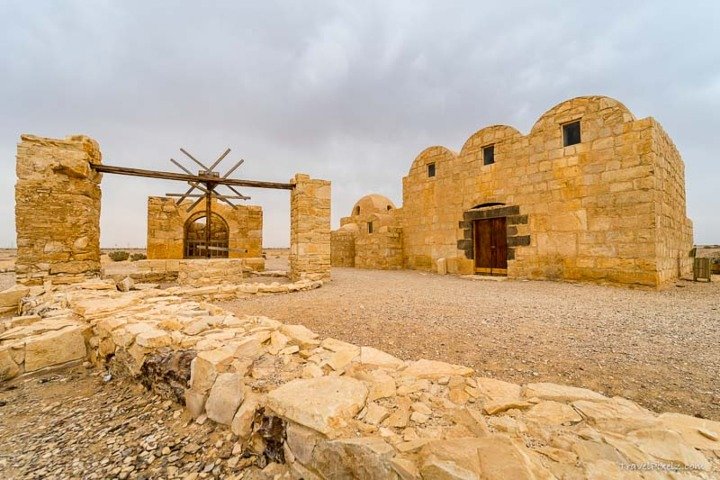Exploring the Spiritual Legacy of Jordan’s Desert Castles
Drawn by the allure of Jordan’s desert castles, I embarked on a journey to explore these ancient sites. Join me as I delve into the rich history and spiritual significance of these remarkable structures.
A Journey Through Time: The Desert Castles of Jordan
As I embarked on my journey to explore the historic desert castles of Jordan, I was filled with a sense of anticipation and reverence. These ancient structures, scattered across the arid landscape, are not just remnants of a bygone era but are living testaments to the rich tapestry of Islamic history. My journey began in Amman, where I was greeted by Mohammad, my driver for the day. His warm smile and engaging stories about his Circassian heritage set the tone for what would be an unforgettable experience.
Our first stop was Qasr Al-Azraq, a fortress built from black basalt rock. As I stood before its imposing walls, I couldn’t help but imagine the countless travelers and traders who had sought refuge within its confines. The fortress’s strategic location near an oasis made it a vital military base during the Byzantine period, and it was later used by T.E. Lawrence during the Arab Revolt. Walking through its corridors, I felt a deep connection to the past, as if the stones themselves were whispering tales of bravery and resilience.
The Artistic Marvel of Quseir Amra
Next, we journeyed to Quseir Amra, a UNESCO World Heritage site renowned for its exquisite frescoes. As I stepped inside, I was immediately captivated by the vibrant depictions of hunting scenes, animals, and celestial maps adorning the walls and ceilings. These artworks, created during the 8th century, offer a glimpse into the cultural and artistic achievements of the early Islamic period.
The frescoes of Quseir Amra are not merely decorative; they are a celebration of life and the natural world, reflecting the Umayyad caliphs’ appreciation for art and beauty. As I gazed upon the zodiac representation on the domed ceiling, I was reminded of the interconnectedness of all things, a theme that resonates deeply with my own spiritual journey. This site, once a retreat for the Umayyad rulers, now stands as a testament to the enduring legacy of Islamic art and architecture.
Mysteries of Qasr al-Kharrana and the Cave of the Seven Sleepers
Our final castle visit was to Qasr al-Kharrana, a structure shrouded in mystery. Its purpose remains a topic of debate among historians, with theories ranging from a defensive fort to a caravanserai. As I explored its central courtyard and the rooms that encircle it, I marveled at the architectural ingenuity of the time. The castle’s enigmatic nature only added to its allure, inviting contemplation and reflection.
Unfortunately, our visit to the Cave of the Seven Sleepers was met with disappointment, as it was closed due to it being a Friday. This cave, steeped in legend, is said to have sheltered seven Christian men who slept for 309 years, awakening in a time when their faith was no longer persecuted. Though I was unable to enter, the story of the Seven Sleepers serves as a powerful reminder of faith’s enduring strength and the hope for a more tolerant world.
As we made our way back to Amman, I reflected on the day’s journey. The desert castles of Jordan are more than just historical sites; they are sacred spaces that invite us to connect with the past and contemplate our own spiritual paths. This experience has enriched my understanding of the region’s history and deepened my appreciation for the cultural and spiritual heritage that continues to shape our world today.












































